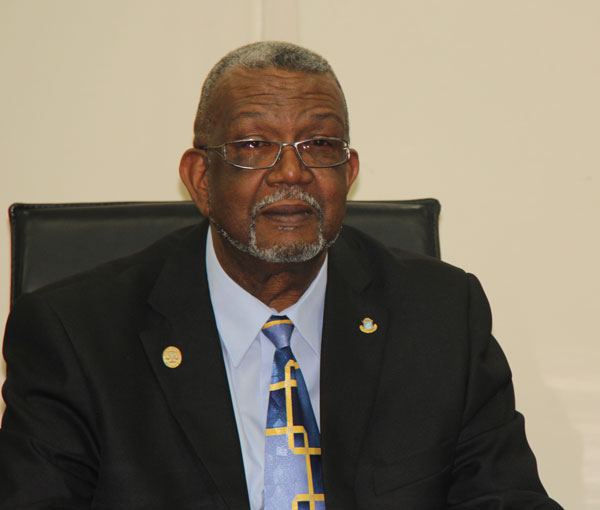 GENERAL CONDITIONS
GENERAL CONDITIONS
In connection with the elections for the members of Parliament of St. Maarten, which will take place on Monday, September 26th, 2016, the Minister of Justice proclaims that all registered political parties will have to adhere to these GENERAL CONDITIONS, MEASURES of ORDER and CODE OF CONDUCT.
All registered political parties:
a. Must designate a person as their contact person, to the police and
b. May, according to the below-mentioned traffic and order measures, during the election campaign
1. Organize political manifestations and
2. To place advertising material (posters, flags and such signs) on or to the public road
- The period of the election campaign is scheduled to be from Monday, August 8th, 2016 up to and including Saturday, September 24th, 2016.
- Political activities are allowed only in the abovementioned period.
- Publicity billboards, which are posted on, or alongside the public road, may not exceed 6 m x 6 m (20 ft x 20 ft), considering that we are in the hurricane season.
- All announced public events (including demonstrations, parades, public meetings, etc.) will be judged separately.
- Requests for holding public events are submitted to the Ministry of Justice,
- Decision to allow more than one public manifestation to take place in the same neighborhood at the same time is on basis of:
1. order in which the petitions are received; and
2. by taking into consideration the distance between the proposed locations of the manifestations and the effect for the traffic safety and freedom.
- Audio of public speeches can be recorded, to determine afterward, if the speakers have complied with the limits of freedom of expression.
- The recording will be done by the Police. The Prosecutors office judges whether the limits of the freedom of expression were violated.
- No manifestations will be allowed between midnight (24.00 hrs) and 08.00 hrs
- No public events are allowed on the election day or the day prior to the Election
Day.
- On the Election Day; no parades which are politically tinted, gatherings (of) or activities to attract the public, are allowed in a distance of 200 meters from the polling stations. Such to the judgment of the police, in the interest of the public order.
- No persons are allowed in front of or on the grounds and/or surrounding areas of the polling station, except those persons who are there to actually honor and exercise their right to vote.
- Commands of the police given in the interest of Public Order and/or (Traffic) Safety must be followed up immediately.
TRAFFIC MEASURES
1. In the interest of the flow and safety of the traffic it is prohibited:
To set up political or politically tinted publicity objects, in those places which are prohibited by the Traffic Ordinance St. Maarten;
To set up publicity objects on or unto traffic facilities (road signs, traffic lights, road blocks and similar) or any other traffic signs and bridges/causeway except traffic barriers;
To block the roads, the intersections or divisions are prohibited
MEASURES OF ORDER
1. It is prohibited/forbidden:
To leave the political or politically tinted publicity material which was set up, behind;
To set up political or politically tinted publicity material on or above those of another political party;
To set up political publicity material on or unto property or goods of others, and/or property plots without the prior consent of the owner or lessee thereof;
To set up political publicity material in such a way, that the traffic on the public road is thereby hampered or made unsafe;
To place publicity material which is in one or the other way offensive and or tasteless;
To block the entrance and/ or exit of buildings;
To use sound amplifiers such as microphones, speakers or megaphones, if in the opinion of the police these are too loud;
For the public and participants of the manifestation to abuse the consumption of alcoholic beverages;
To set up flags, banners and publicity signs on the bridges and the ‘causeway’;
To set up publicity material on or around the roundabouts on the island, in a such way that it can hinder the traffic.
To take a cellular phone into the polling station. For this purpose metal detectors will be used.
2. The political parties are legally responsible for:
Damage, obstruction, or inconvenience caused by, or as a result of, setting up or placing, or for the presence of the publicity material, on behalf of the political party;
The risk, which could be accompanied by police measures, because of the incorrect placing of the publicity material;
The timely removal of the publicity material which were placed by them;
Leaving the location clean, after the manifestation has been held;
The damage and/or disproportionately nuisance caused by their participants .
EXTRA ATTENTION:
a. All publicity material should be removed, no later than September 24th 2016, at
23.59 hrs.
b. All publicity material, which has been set up or attached for certain political party, shall be regarded as to have been made by or on behalf of that party
c. In case of any tropical Storm, all political material must be removed timely until further notice. “TIMELY” and “FURTHER NOTICE” will be announced to the contact person of the parties by the police or via the media.
d. During Election Day, the police will also give extra attention to public drunkenness and other types of nuisance and offensive behavior.
LEGAL BASIS
The following regulations are the legal basis for the drafting of these
GENERAL CONDITIONS, ORDER of MEASURES and CODE of CONDUCT:
On the Election Day; no parades which are politically tinted, gatherings (of) or activities to attract the public, are allowed in the immediate area of the polling stations. Such to the judgement of the police, in the interest of public order.
National Ordinance on Public Manifestations (AB 2010 No.3)
Article 3.
1. The person who proposes to hold a gathering in a public place, to profess religion or life’s principles, or have a meeting, or a demonstration, will have to give written notice to the Minister at least 48 hours before it is publicly announced.
2. The person who submits the notification will receive written proof thereof, in which the date and time of the notice are mentioned.
3. The Minister may, in special circumstances, shorten the time limits
referred to in the first paragraph or accept a verbal notification.
Article 5.
1. The Minister shall assess whether the notification gives rise to the banning of the demonstration, gathering or meeting, or to set forth requirements or restrictions.
2. A prohibition can only be put into action, if:
a. the required notification was not submitted on time, except if the special circumstances as referred to in article 3, paragraph 3 are applicable;
b. the required information has not been provided, or was incorrect or incomplete;
c. it is conducive to one of the interests listed in article 2.
General Police Ordinance
Public Traffic Ordinance
The Penal Code of St. Maarten
Philipsburg, July 2016
Edson G. Kirindongo
The Minister of Justice
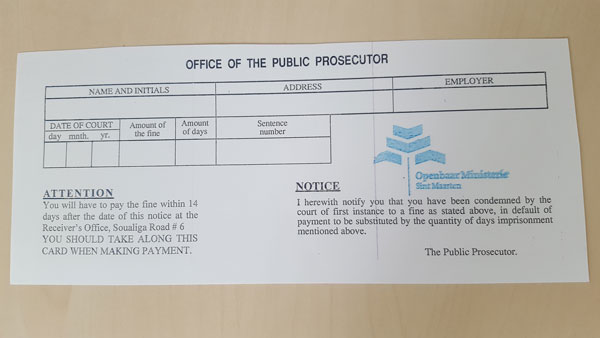 PHILIPSBURG:--- In the first six months of 2016 a total of Naf. 190,316 in fines, issued by the St. Maarten Police Force (KPSM), have been collected. This is an increase of more than 150 percent compared to the same period in 2015 when only Naf. 73,600 in fines had been collected.
PHILIPSBURG:--- In the first six months of 2016 a total of Naf. 190,316 in fines, issued by the St. Maarten Police Force (KPSM), have been collected. This is an increase of more than 150 percent compared to the same period in 2015 when only Naf. 73,600 in fines had been collected.


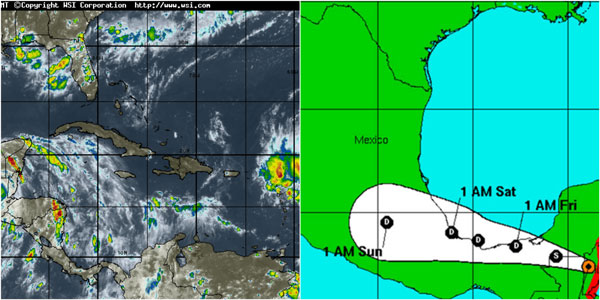 The 2016 Atlantic hurricane season is a current event in the annual tropical cyclone season in the northern hemisphere. The season officially begins on June 1, 2016, and will end on November 30, 2016. These dates historically describe the period each year when most tropical cyclones form in the Atlantic basin and are adopted by convention. However, as illustrated by Hurricane Alex and Tropical Storm Bonnie, the formation of tropical cyclones is possible at any time of the year. This season started exceptionally early, nearly five months before the official start, with Hurricane Alex forming in the Northeastern Atlantic in mid-January. Tropical Storm Bonnie followed in late May, which was the first occurrence of two pre-season Atlantic storms since 2012 and only the third occurrence since 1951.
The 2016 Atlantic hurricane season is a current event in the annual tropical cyclone season in the northern hemisphere. The season officially begins on June 1, 2016, and will end on November 30, 2016. These dates historically describe the period each year when most tropical cyclones form in the Atlantic basin and are adopted by convention. However, as illustrated by Hurricane Alex and Tropical Storm Bonnie, the formation of tropical cyclones is possible at any time of the year. This season started exceptionally early, nearly five months before the official start, with Hurricane Alex forming in the Northeastern Atlantic in mid-January. Tropical Storm Bonnie followed in late May, which was the first occurrence of two pre-season Atlantic storms since 2012 and only the third occurrence since 1951.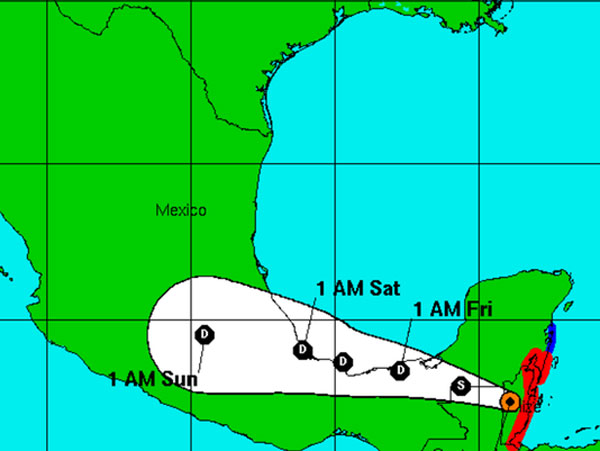 Update: Aug. 4, 10 a.m.
Update: Aug. 4, 10 a.m. GENERAL CONDITIONS
GENERAL CONDITIONS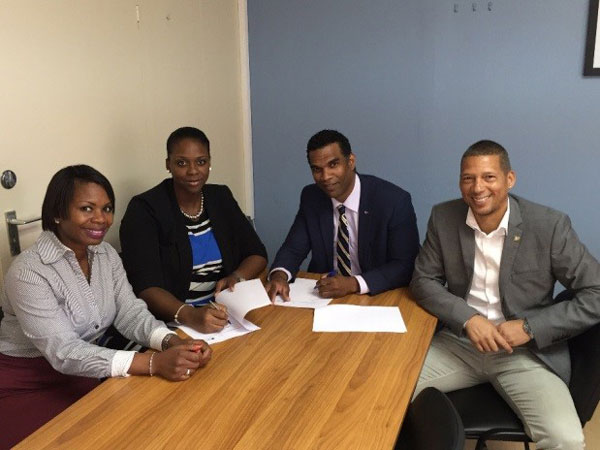 PHILIPSBURG:--- The Ministry of VROMI is responsible for the care of civil technical works on St. Maarten, among which is considered the management of the sanitary landfill.
PHILIPSBURG:--- The Ministry of VROMI is responsible for the care of civil technical works on St. Maarten, among which is considered the management of the sanitary landfill.





